Midwinter in Central Finland: A Trip to Leivonmäki National Park
We often hear about the wonderful winter of Lapland and the magical winter atmosphere of Helsinki, but what is winter in Central Finland like? Leivonmäki National Park is located in the heart of Central Finland, about 50 kilometers from the city of Jyväskylä. What makes Leivonmäki particularly attractive are its diverse yet easily navigable hiking trails. These can and should be explored even in winter, as long as one is properly dressed. It’s best if you can have a Finnish guide to accompany you on your winter excursion!
Leivonmäki National Park on Google Maps
The landscape of Leivonmäki National Park is quintessentially Finnish: beautiful ridge and lake sceneries, as well as views of bogs, which take visitors away from the hustle and bustle of daily life. Among the park’s most famous attractions are the long and narrow Joutsniemi cape and the foaming waterfall of Rutajoki river, visible from the Koskikara trail.
It was a bright, clear winter day when I embarked on my journey. The sun shone – low and pale, but it shone nonetheless. At Central Finland’s latitude, there is no official polar night, meaning the sun does rise for a short time even on midwinter days. The thermometer couldn’t climb any higher than the morning’s readings from that light, but on the other hand, the cold didn’t tighten its grip either. There wasn’t a single car at the Selänpohja parking lot; I had the whole national park to myself.
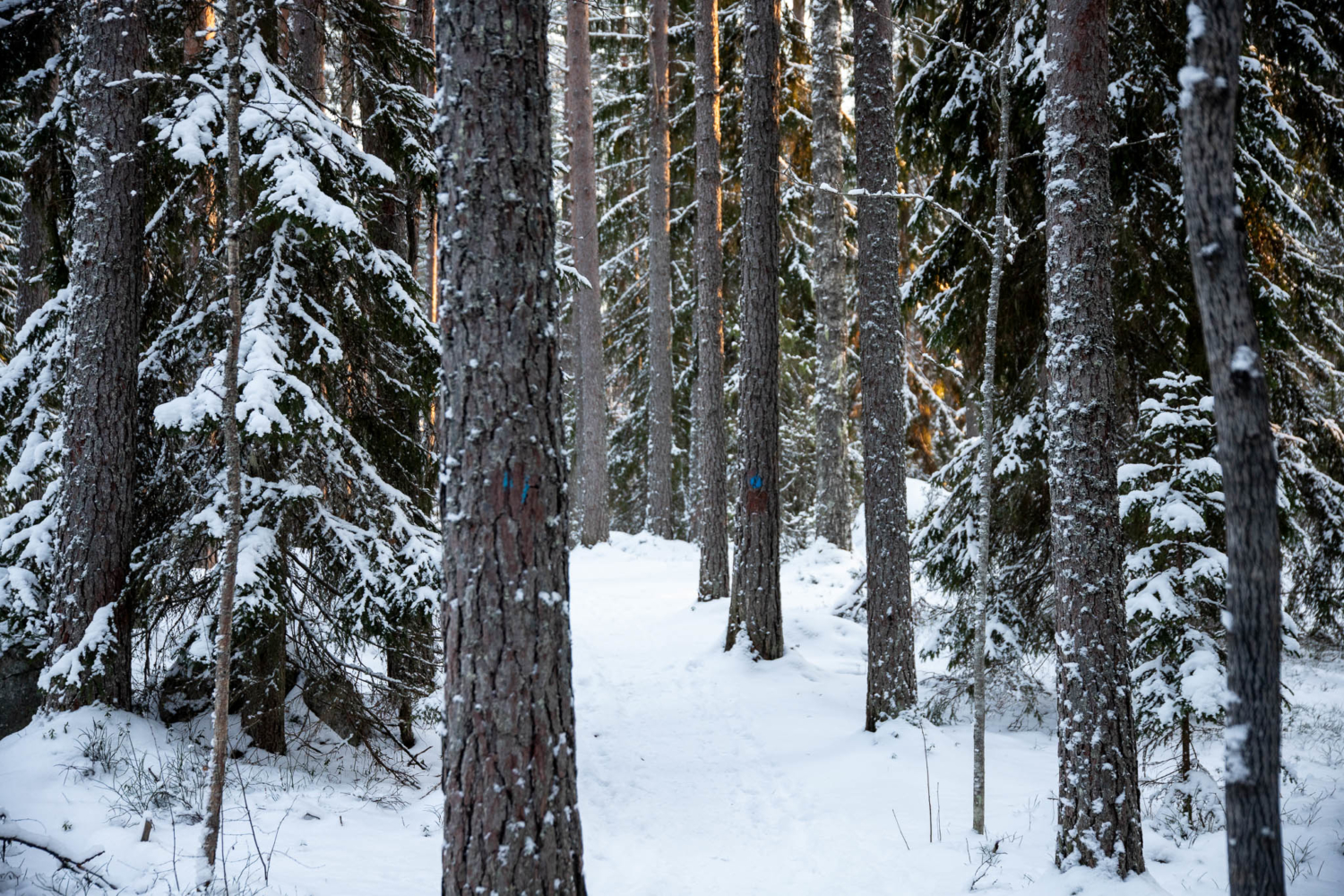
On the trail, the sense of freedom was accentuated by the way the frost pricked at my cheeks and crackled in the woods. In the distance, the song of the lake’s frozen surface could be heard. Snow crunched under my feet as my path took me deeper into the park. There were no other sounds, save for the occasional bird calls that reached my ears from various points in the forest. The sun greeted me from behind and between the trees, creating small spotlights on snowdrifts and illuminating frost-covered spruces.
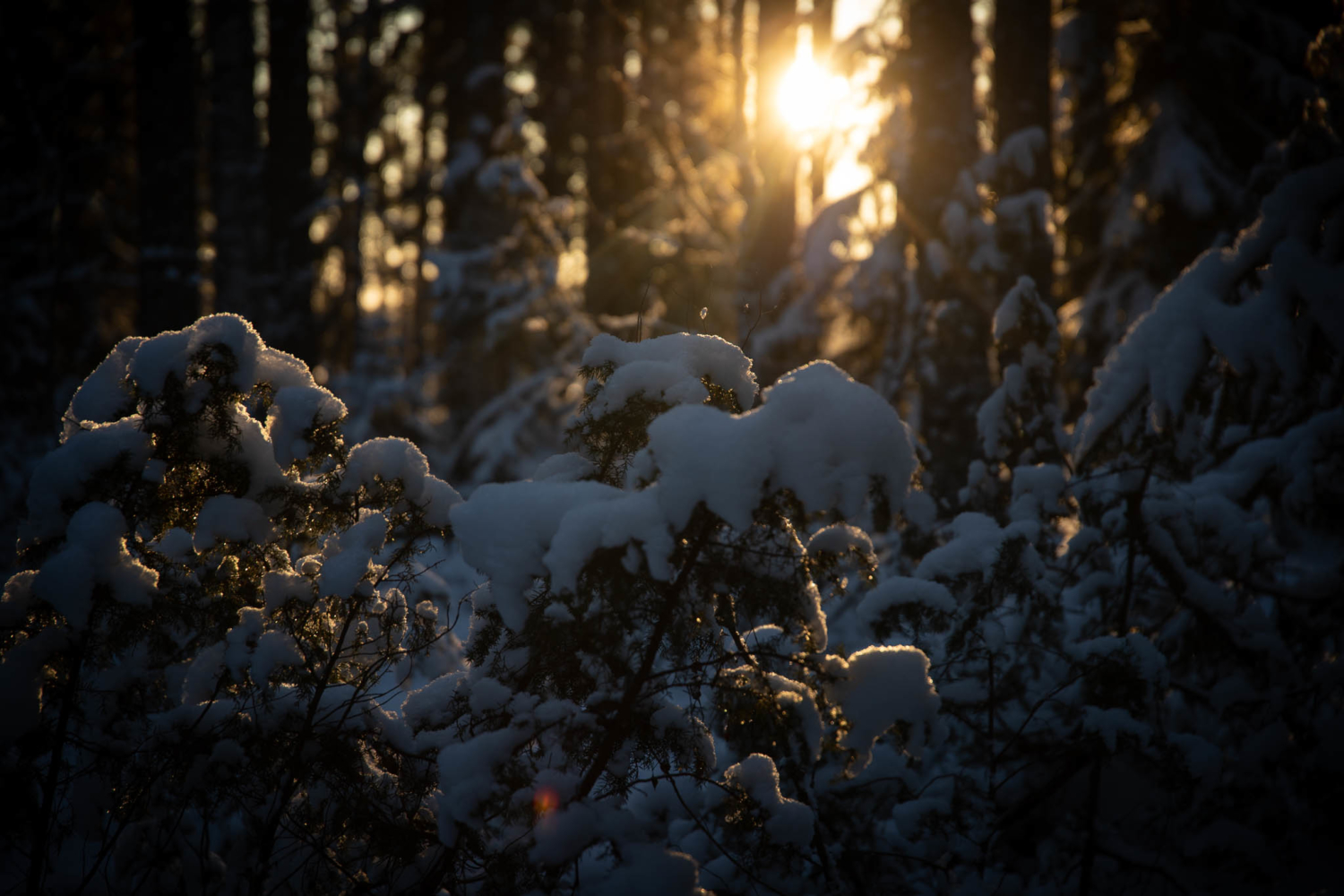
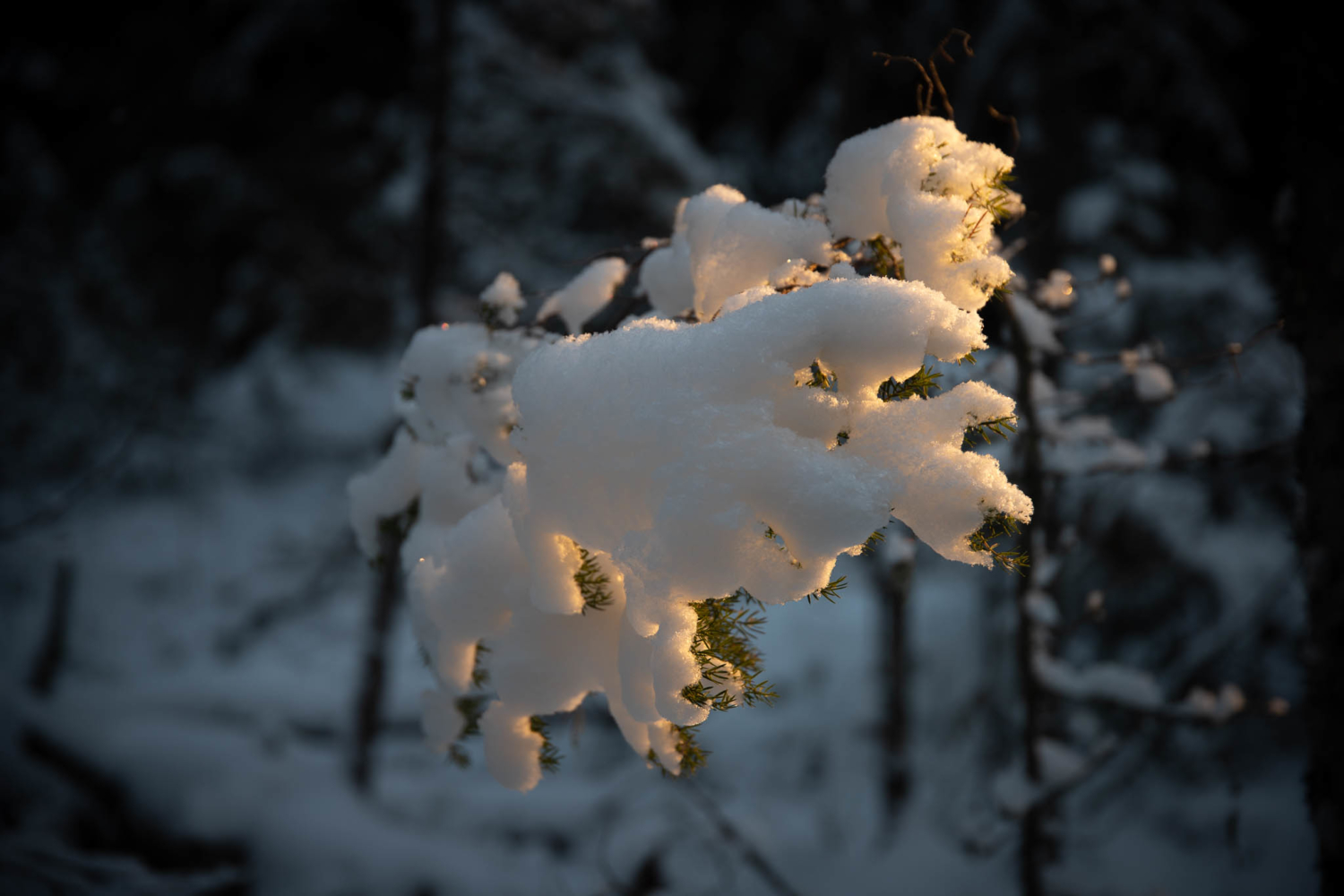
Soon, from behind the trees where the sun now stood, the vast shore of a lake named Sorsanselkä came into view. It beckoned to me, since I knew for a fact that the ice there would easily support me at this exact place and time. I left the path and walked right up to the shore, where a small idyllic island awaited just a short distance away. So small, it didn’t even have a name on the map.
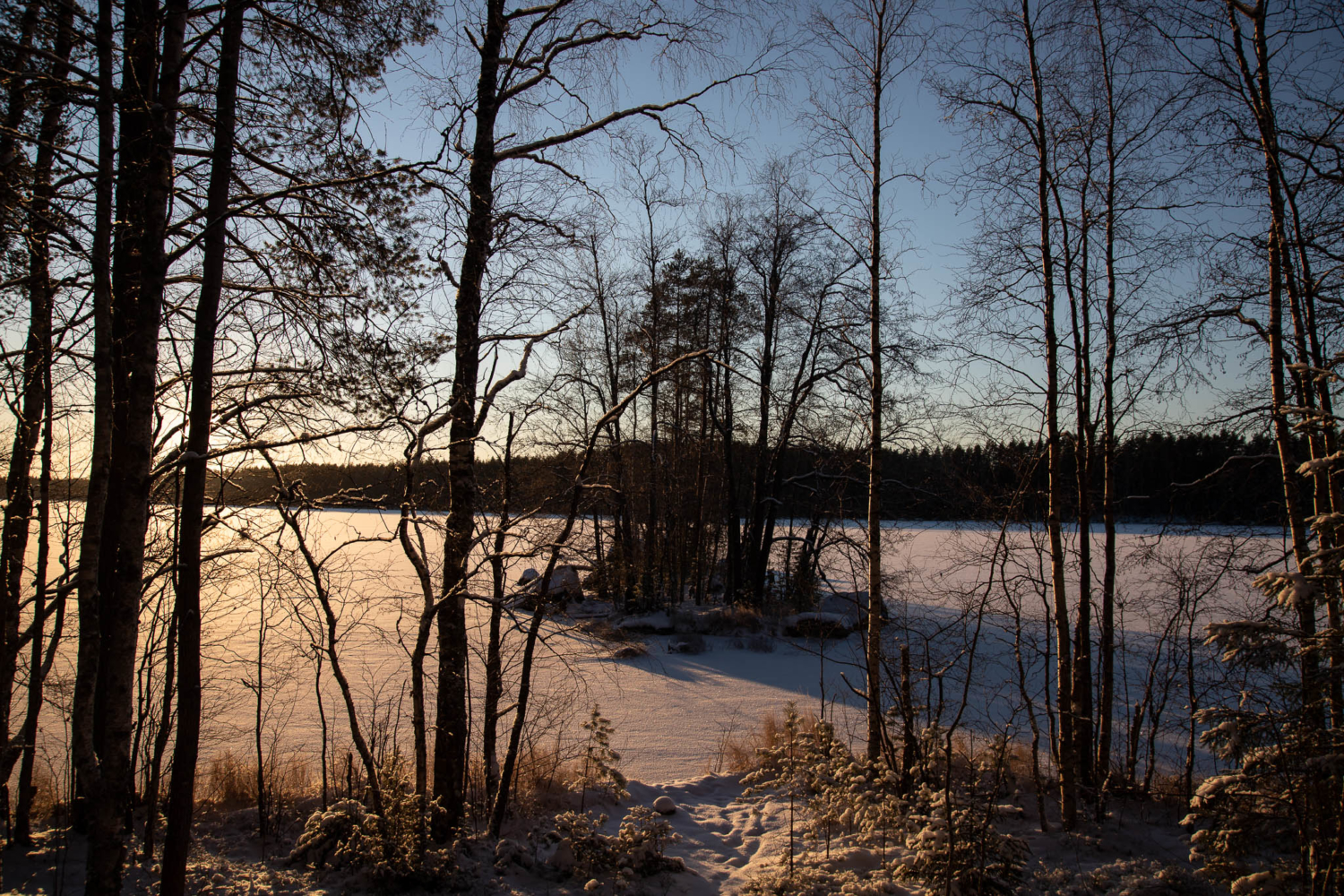
I approached to admire it, but I didn’t go right up to its shore. The untouched snow around the island was such a magically beautiful sight in this frosty day that I dared not disturb it with my own steps.

My journey continued. In this light, my shadow was long, like a thin giant, silently accompanying me towards Lintuniemi cape and its resting place. It made me smile, and at the same time, I could feel the cold in another way. The steam of my breath had formed a layer of frost on my beard, which tightened with the movement of my cheek muscles. My stride was like meditation. Just the vast landscape, my own thoughts, the steady rhythm of crunching snow, and complete peace.
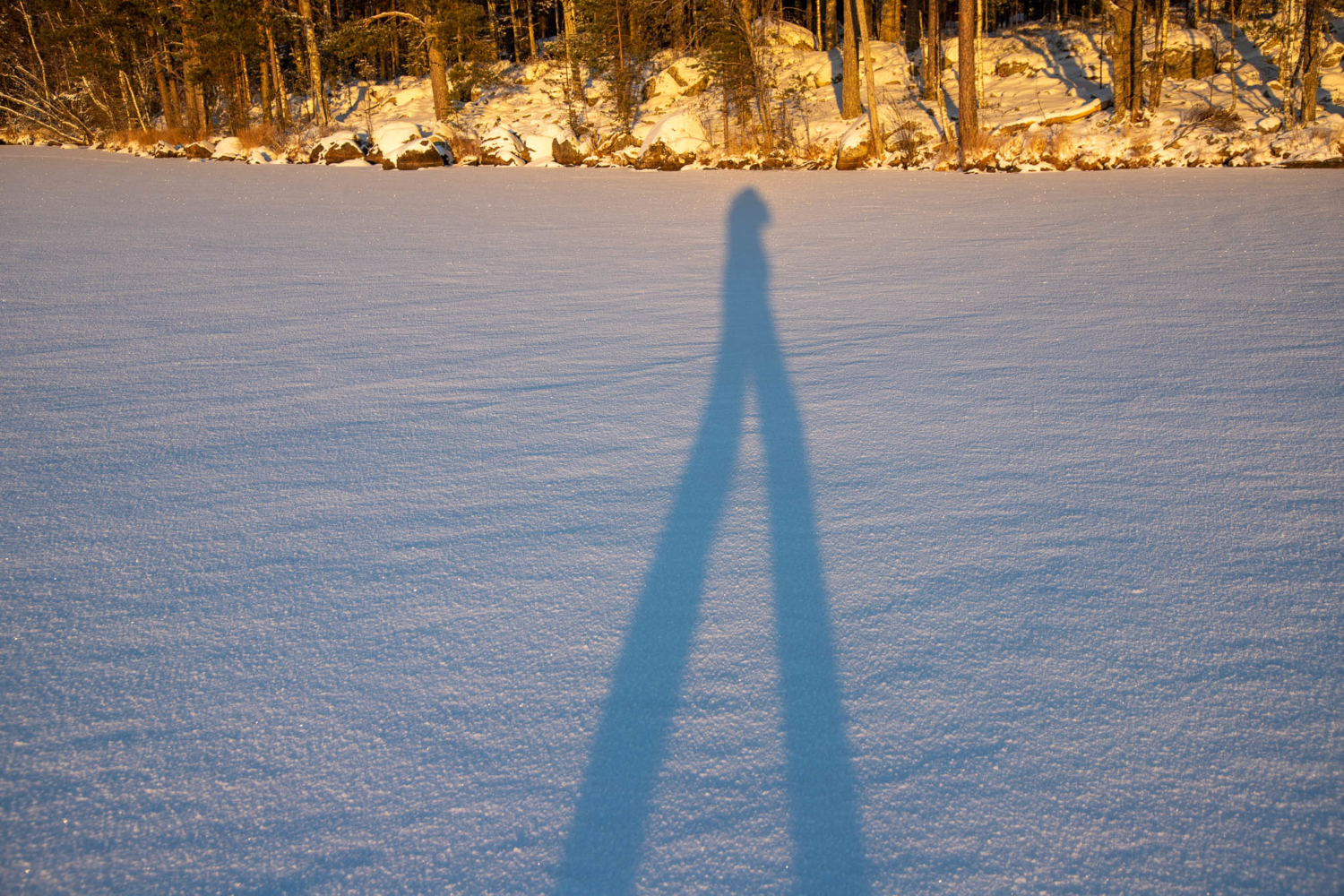
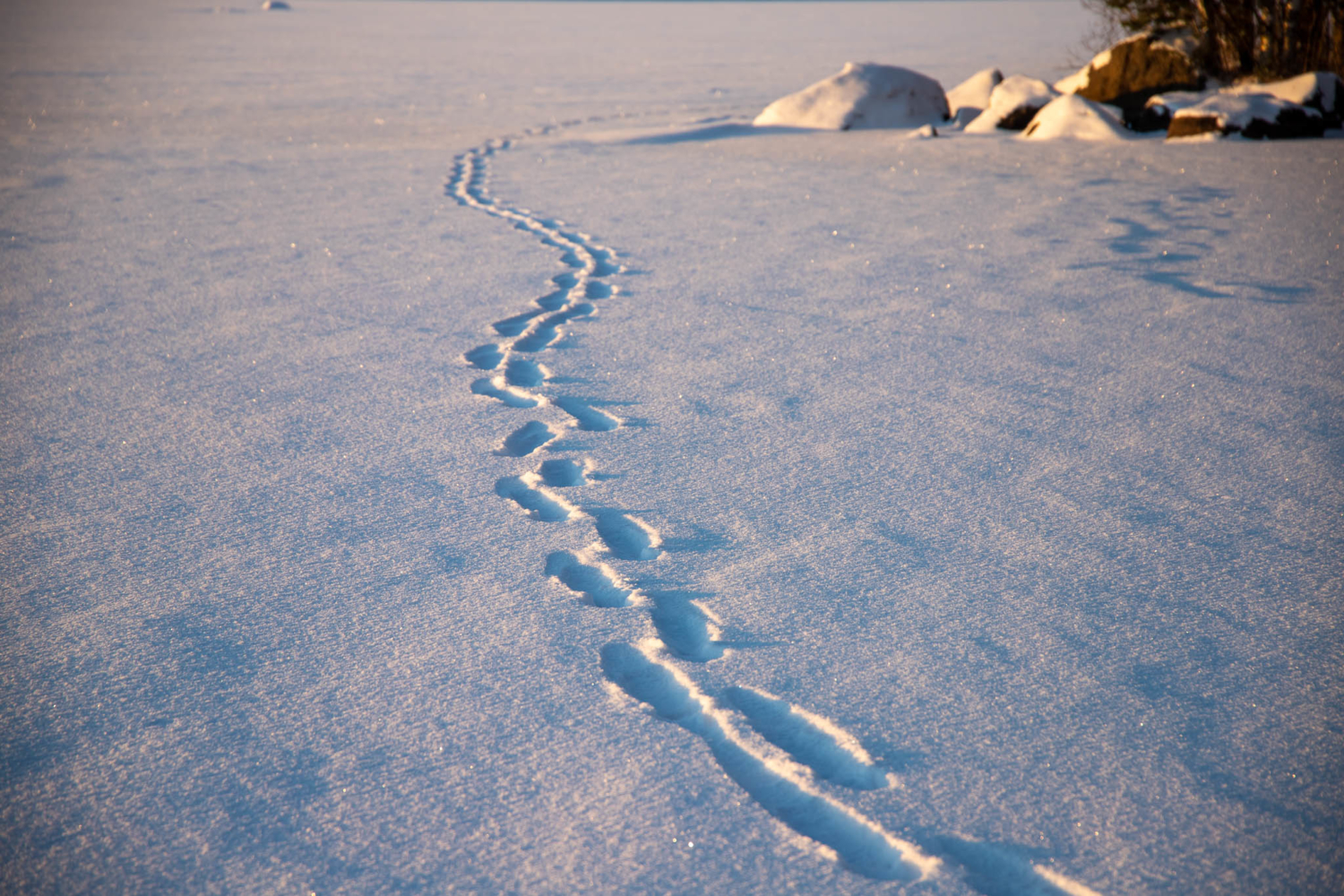
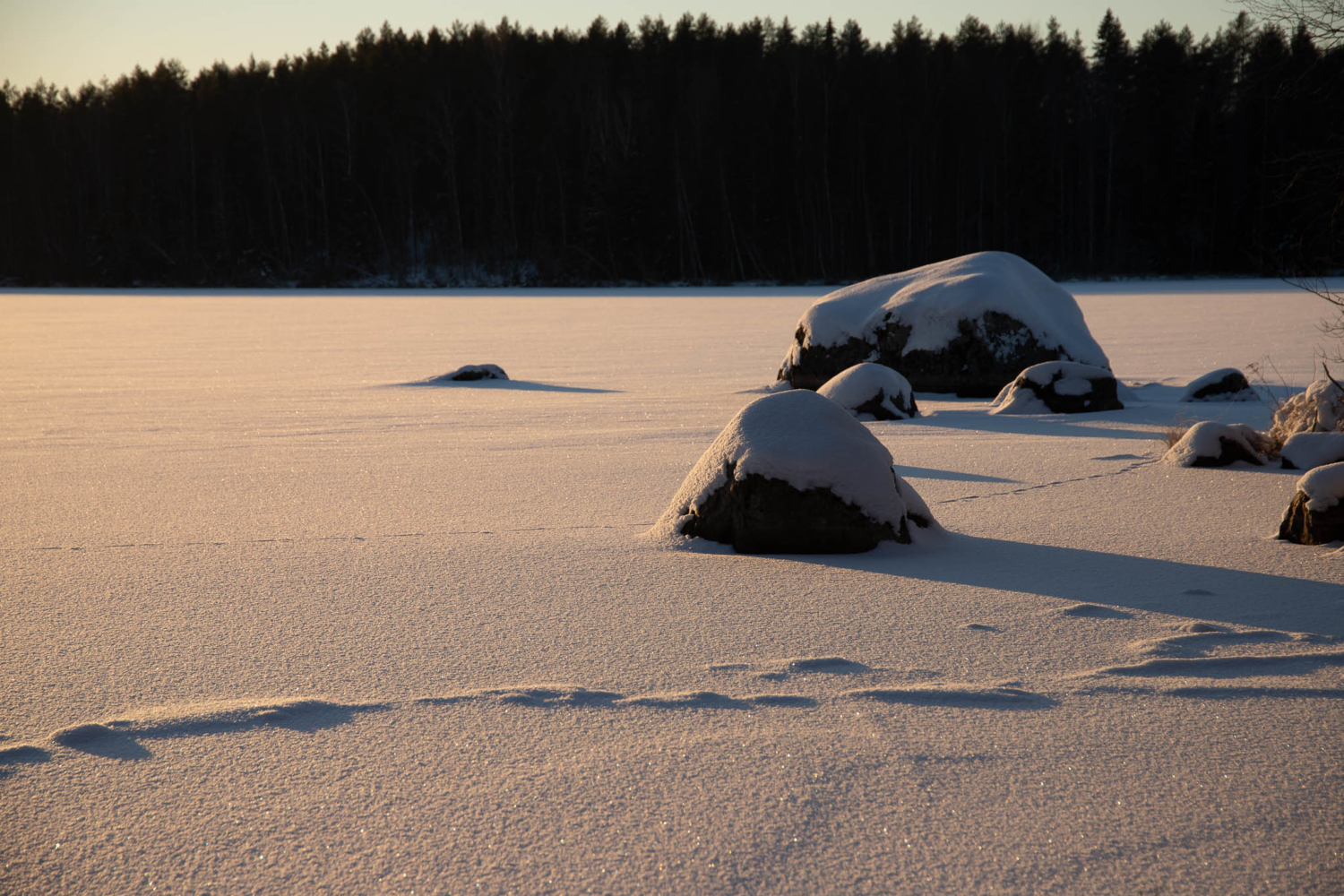
I would have walked endlessly, had it not been for the golden glow of the low-hanging sun on a lean-to that brought me back to reality. I had arrived at my first stop, the Lintuniemi lean-to. I set down my backpack and camera, and took a sip of water while surveying the area. There were indeed traces of another hiker here. A backpack leaned against a tree, with a note on top indicating that the owner was out taking photos and would return soon.
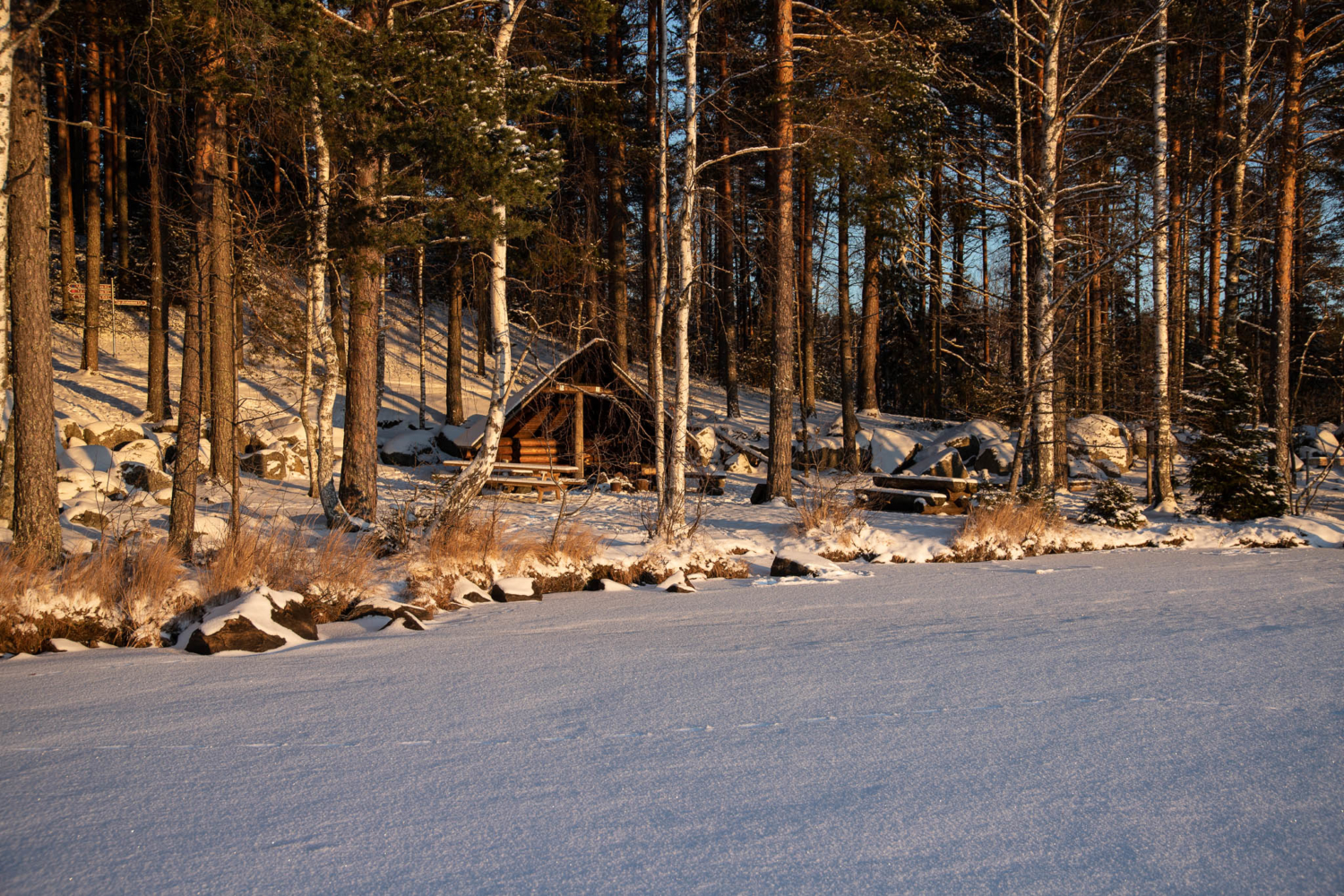
The emblem of Leivonmäki National Park is the nightjar, a nocturnal bird almost perfectly camouflaged with its surroundings, characterized by long wings, large black eyes, and a huge gaping mouth. Nightjars winter in the savannas of Eastern and Southern Africa, but in summer, their incessant chirping can be heard in the nights of Leivonmäki National Park.
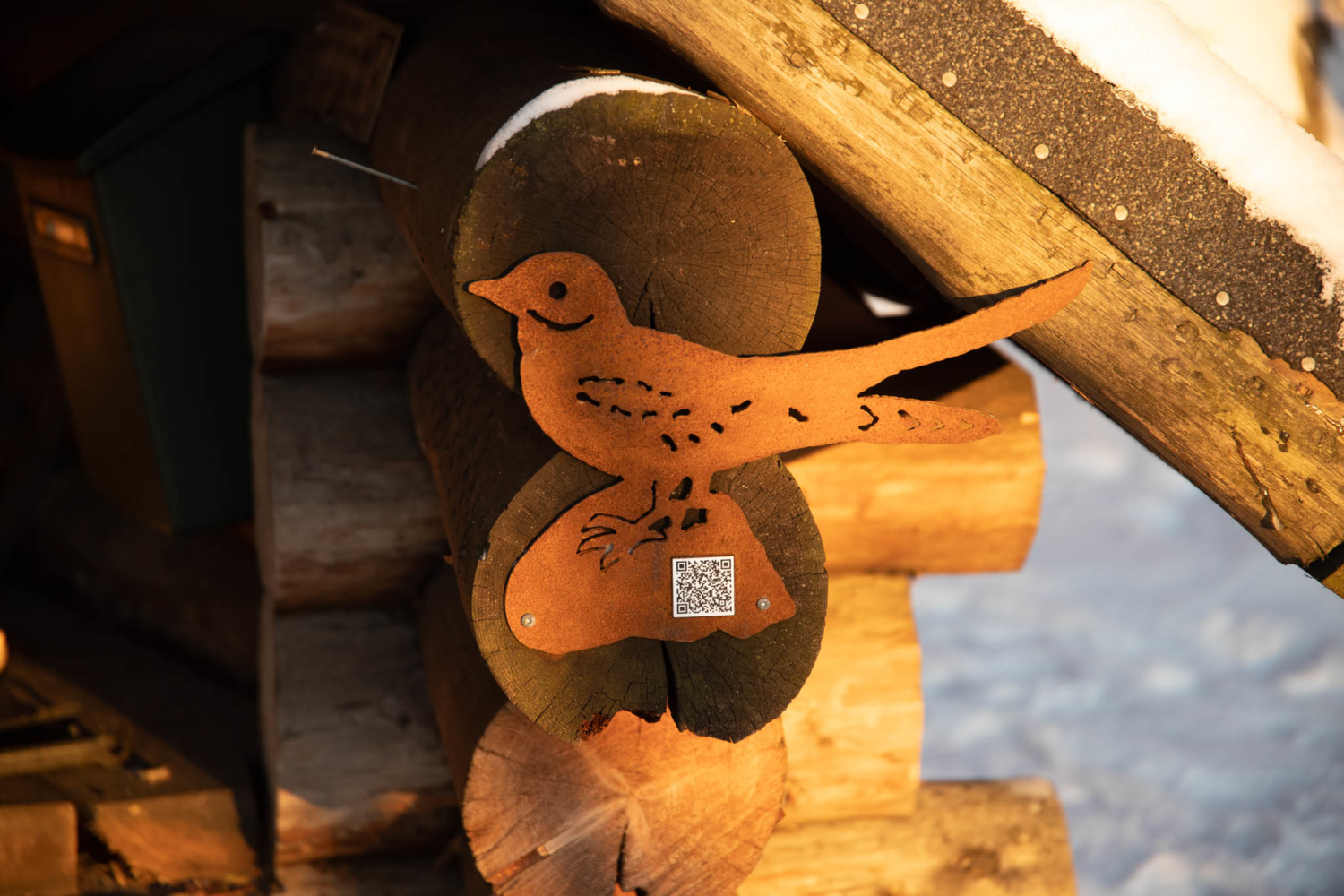
When hiking in Finland’s nature, it’s always important to remember hiking etiquette. As more people enjoy our magnificent nature, it becomes increasingly important that everyone knows how to act, considering both the common rules and other hikers. It’s good for every hiker to periodically refresh their knowledge of hiking etiquette.
Hiking etiquette in a nutshell:
- Respect nature – do not alter it in any way.
- Always keep pets leashed and leave animals and plants undisturbed.
- Stick to marked trails.
- Only make fire at designated, maintained fire sites. Check their locations in advance. Making campfires is not an everyman’s right in Finland.
- In conservation areas like national parks, camp only at designated sites. Check their locations in advance.
- Do not litter.
- Do not trespass on private properties or yards.
My journey continued towards the Joutsniemi fire site, which I had identified on the map in advance and chosen as my fire-making spot for this trip. However, the journey progressed slowly, as I frequently stopped to admire small, beautiful wonders of nature – whether it was a huge frost flower formed in a previous visitor’s footprint or the endless glimmer of ice crystals twinkling on a thin layer of snow. And as I raised my gaze above the horizon, the sun always appeared increasingly golden.
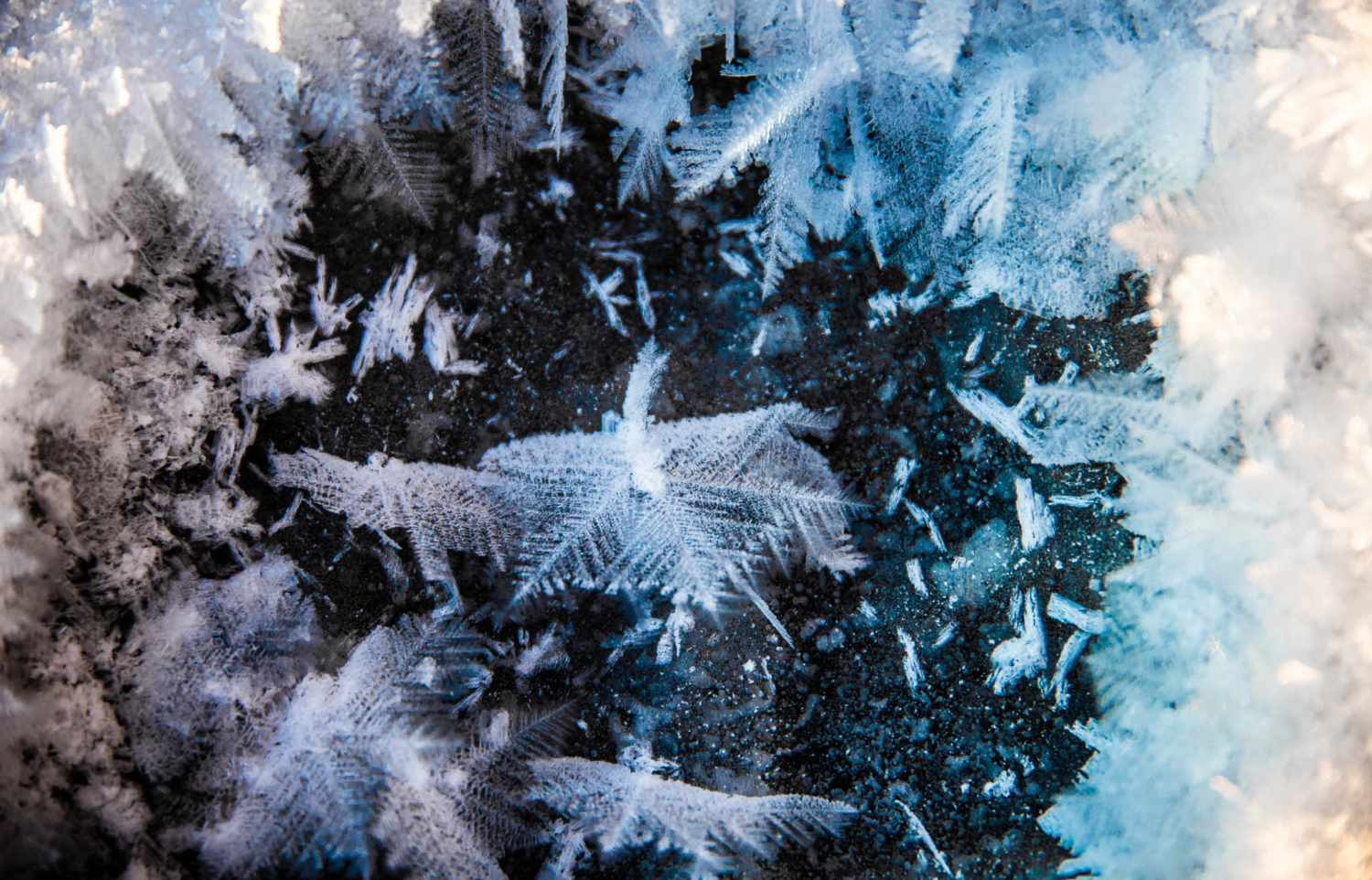
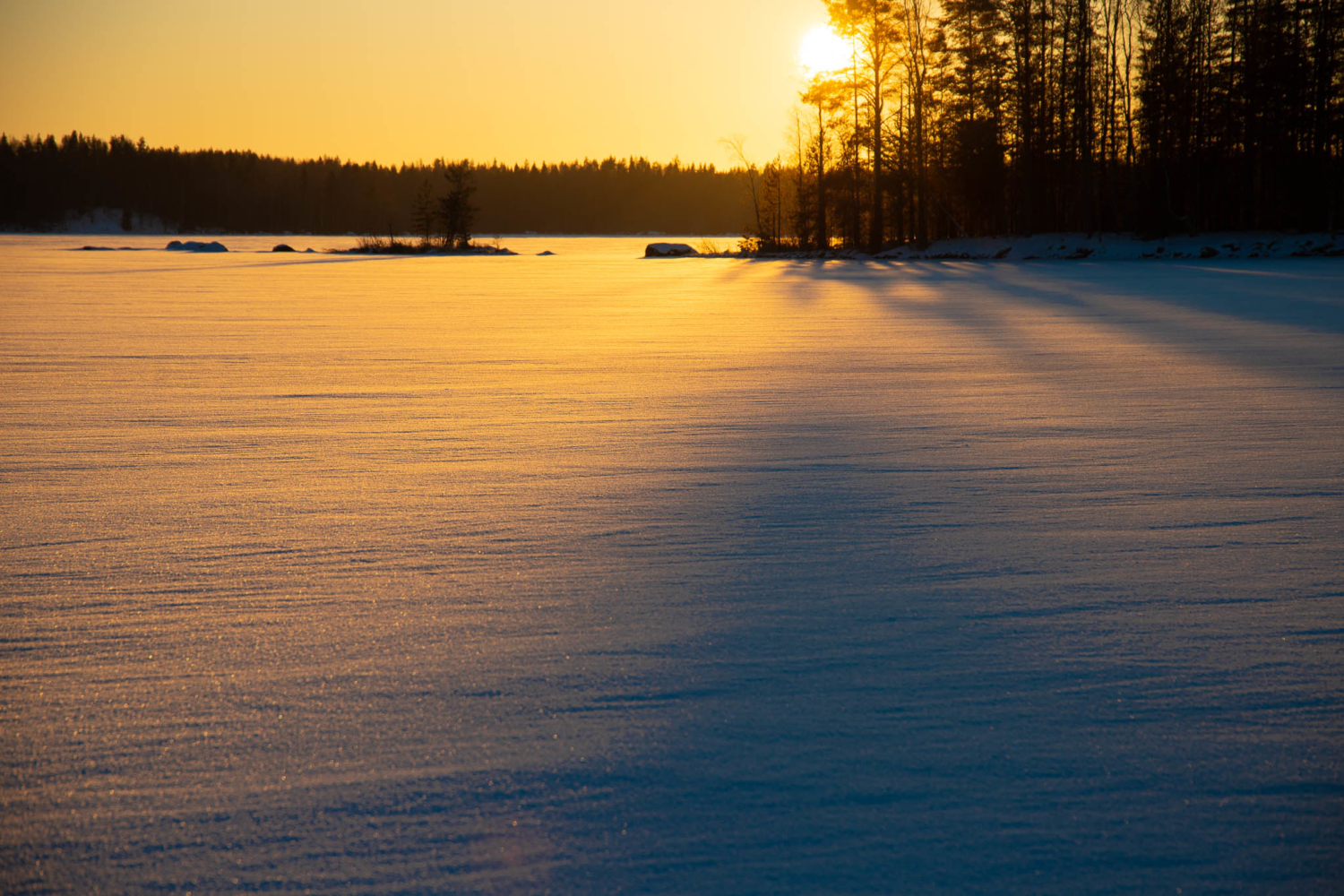
At Joutsniemi, I took off my fur hat and sat down. I pulled out my fire starter and summoned flames to warm both myself and my food. Watching the dance of the flames, I completely lost track of time, until I realized the sun had reached the horizon. It was time to return to where I had started, if I wanted to still see where to place my steps in the light.
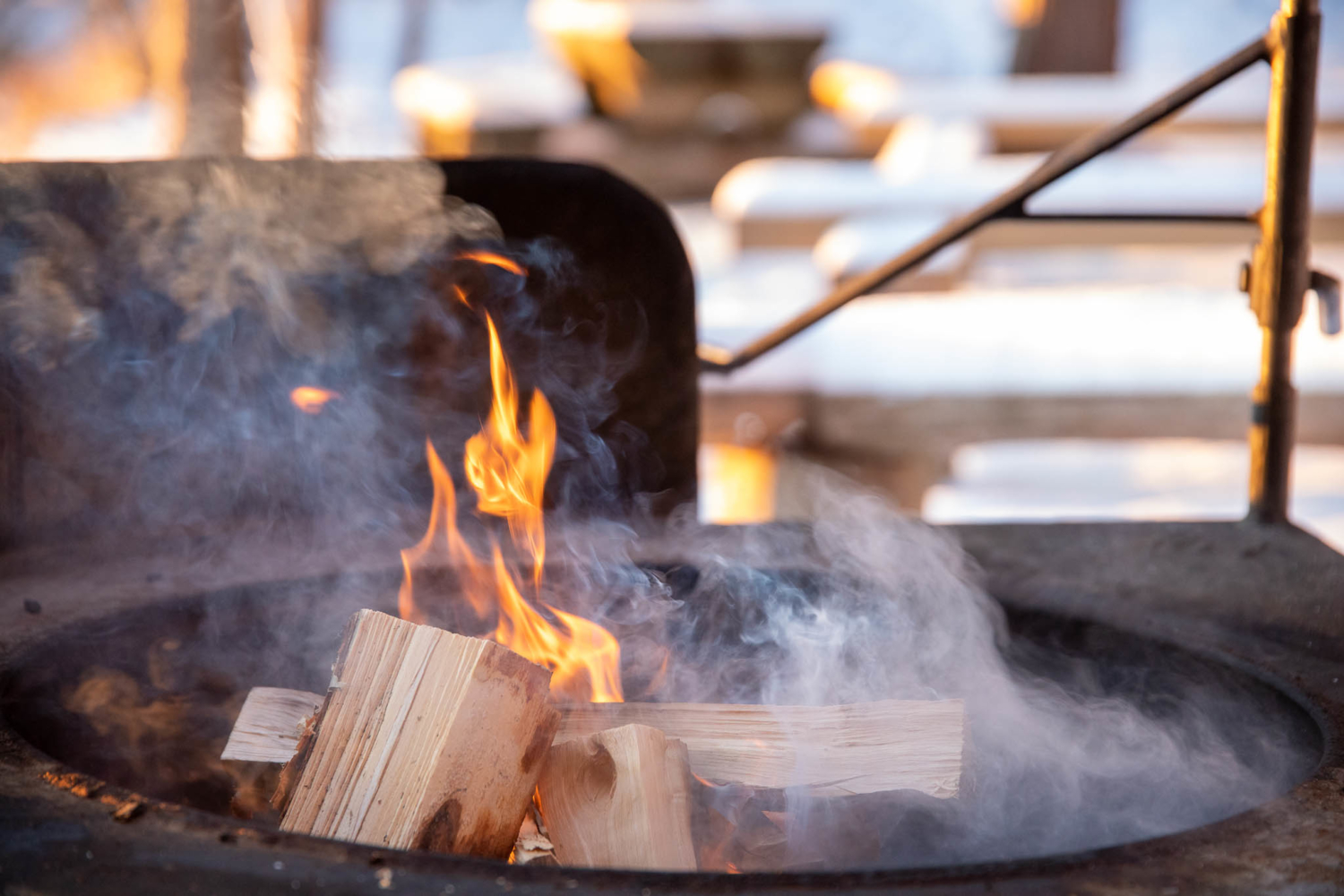
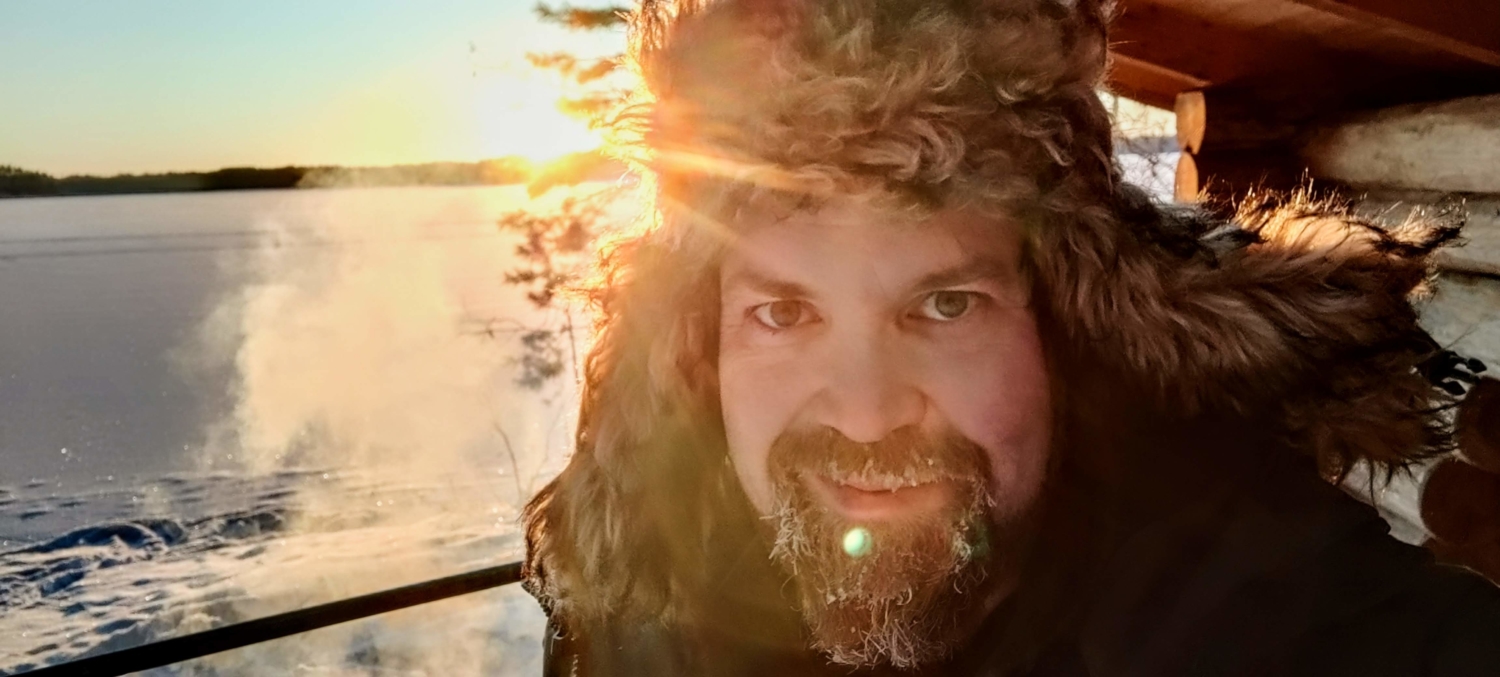
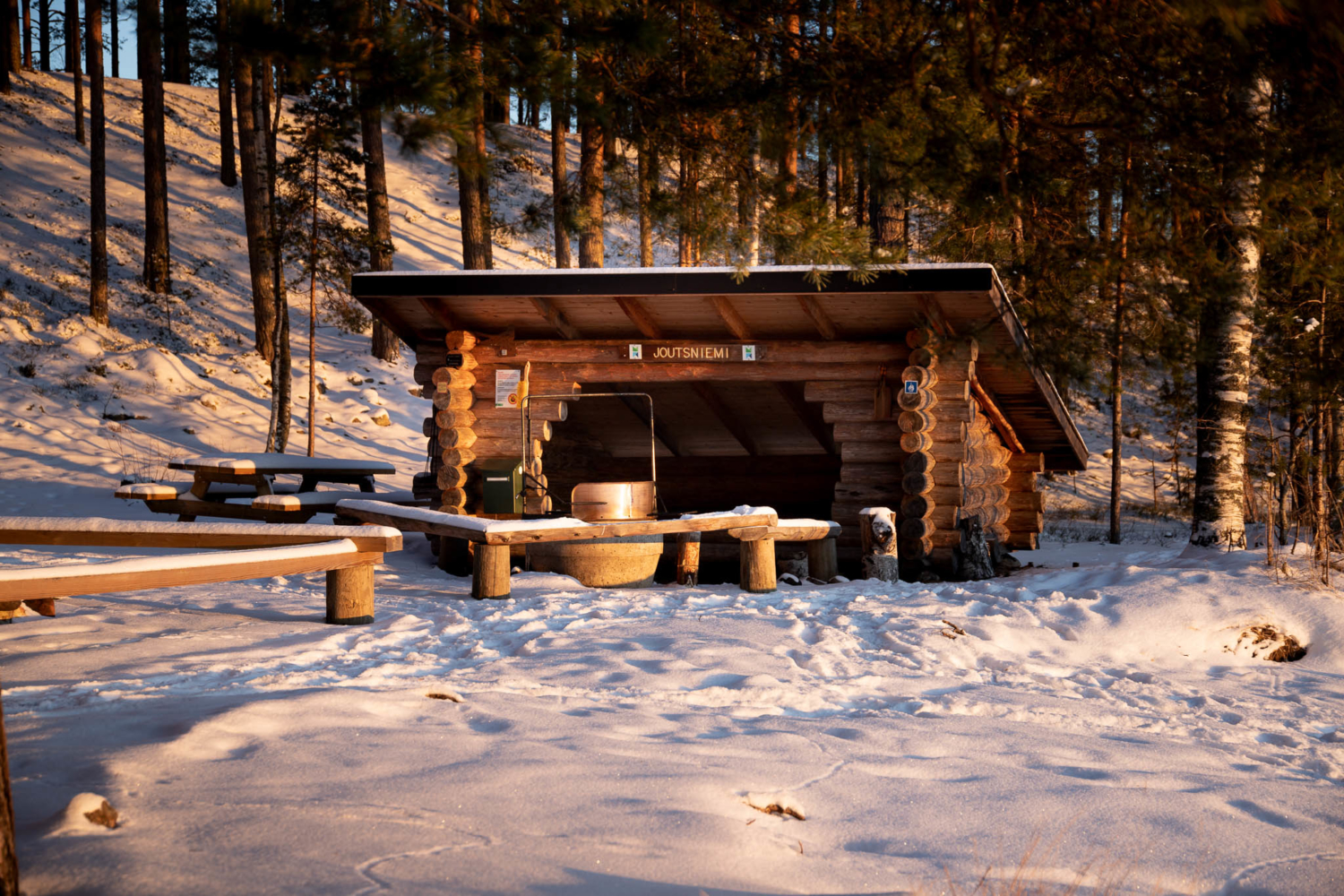
For the return journey, I chose the frozen surface of the lake instead of the path, although on a more direct line than my route there. I wished I could linger longer in the tranquility of Leivonmäki. A visit here in winter is highly recommended. The silence created by the frost allows for a more peaceful national park experience. My own trip took place on a sunny weekend moment, but still, there was a very unhurried and spacious atmosphere everywhere. Winter hiking also offers many possibilities with a frozen lake, provided one can be absolutely certain that the ice conditions allow for safe movement on it.
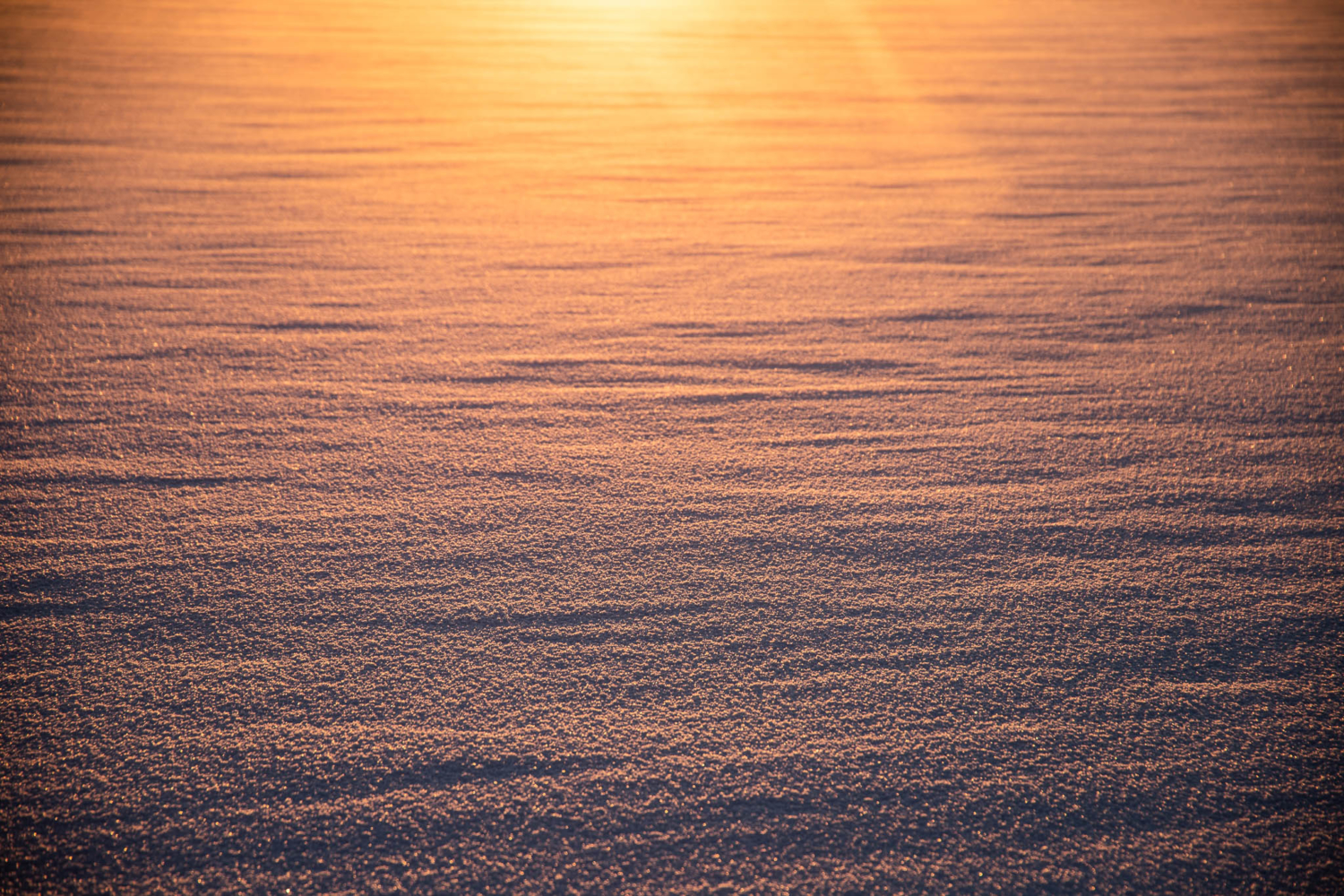

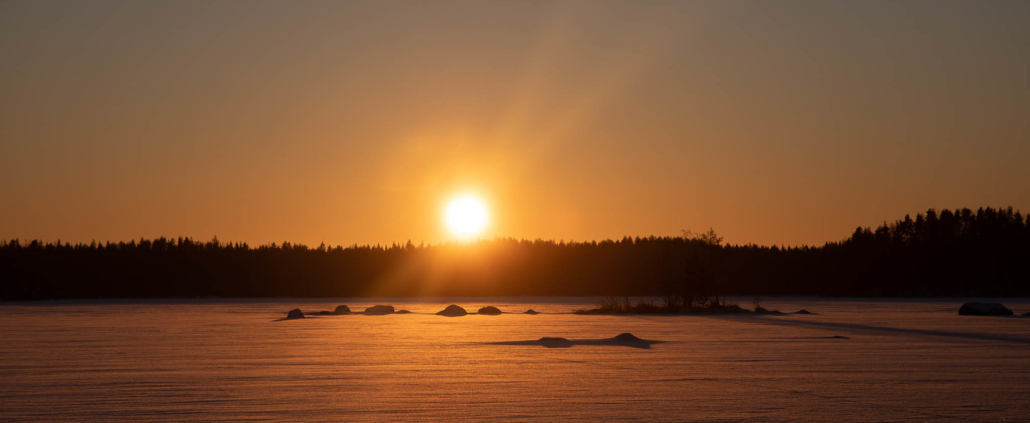



Leave a Reply
Want to join the discussion?Feel free to contribute!